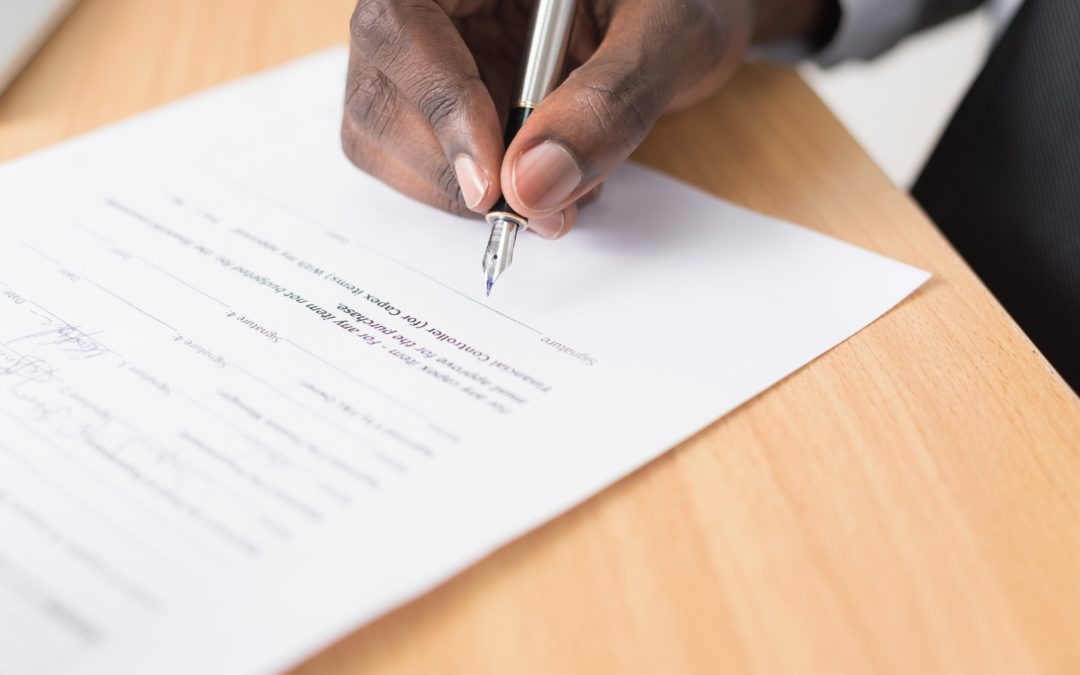It is an industry standard that artists use a Certificate of Authenticity (CoA) in the sale of their art. Why do you need a CoA and how can it encourage buyer’s trust in your business?
The art market can seem like an overwhelming place for many artists. As a creative person, marketing, strategy and professional profitability may be foreign to you. However, there are a couple of things you need to introduce to your business in order to advertise yourself as a professional individual. One of the most valuable additions to any artist’s business is a certificate of authenticity.
A certificate of authenticity is a powerful tool in guaranteeing your integrity as an artist, your business isn’t complete without one. This document should come with every single piece of artwork you create. A certificate of authenticity (CoA), gives a buyer the knowledge that you are professional, your work is of good quality, and their purchase with you was a sound investment. It also contributes to the level of trust in your relationship with your customers and helps you stand out in the art market.
For artists, buyers, and collectors, certificates of authenticity are vital to ensuring the value and legitimacy of artwork. CoAs also enable artists and collectors to protect themselves against fraudulent artwork.
So, what exactly is a Certificate of Authenticity?
A certificate of authenticity is basically a professional sales receipt, it is a document used as authentication for a piece of artwork. To build your status as an artist you need to use these religiously when selling your work. COAs prove to buyers that the art you sell has been created by you.
When you purchase artwork and receive this document, you can feel confident in knowing that the art you just invested in is not fake. If you don’t receive one, this should tell you that the work is fraudulent, or the artist is not very professional.
What should you include on a Certificate of Authenticity?
The details you need to include on a CoA may vary depending on the artwork in question. However, you should always include the name of the piece, the date it was created, and a signature: either of the artist, the publisher (for limited editions), or a confirmed dealer of the artist.
Here is a quick checklist of things to include on your Certificate of Authenticity:
- Signature (preferably of the artist, hand signed, not photocopied)
- Name of piece/subject featured
- Date it of creation
- Dimensions
- Details of the medium used
- Number of prints made (if the piece is a limited edition)
- Any extra details you see fit. Some artists include their contact details. This can be helpful when selling online.
You should provide a certificate of authenticity for every piece of artwork you create. This applies even if you never intend to sell the work. If you choose to sell later, you will have all the original details of the authenticated piece. Sometimes when fans buy artwork online, they like to see the certificate before purchasing, having one prepared is a great way to streamline the sale.
When creating a certificate of authenticity, it is important to note that they aren’t legally binding. Essentially, anyone can create one. There are no universal standards for certificates. This means that a lot of the time within the art-world, there can be fraudulent certificates circling. To guarantee your authenticity and to make your life easier, we are offering our members an exclusive and professional template.
To make your life easier and give you peace of mind, we are providing our members with a Visual Artists Association exclusive Certificate of Authenticity template.
Simply click here to find our VAA Member Certificate of Authenticity and start using it in your own practice.
Looking for more #VAAWorkingArtist tips?
Artist Tips for Artwork Preservation

